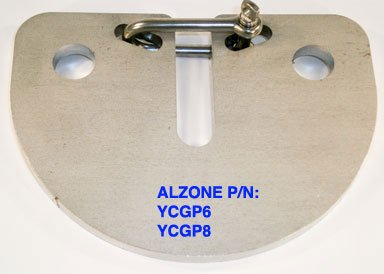Bigsfish
Guru
- Joined
- Aug 29, 2016
- Messages
- 2,987
- Location
- USA
- Vessel Name
- Gotcha
- Vessel Make
- Grand Banks. Heritage. 54
Scott
My personal opinion is that my single snubber going over the roller (additional chafe protection added) gets less damage than my bridal going through two chocks. The roller will turn as the snubber stretches and minimize wear. More important it is simple to place on the chain and let out more chain until it becomes tight, add a few more feet of chain, set the anchor and done. With the bridal I have to attach two lines to the cleats, lean out over the bow and attach the the device to the chain, and the rest is the same. I prefer the single snubber.
My personal opinion is that my single snubber going over the roller (additional chafe protection added) gets less damage than my bridal going through two chocks. The roller will turn as the snubber stretches and minimize wear. More important it is simple to place on the chain and let out more chain until it becomes tight, add a few more feet of chain, set the anchor and done. With the bridal I have to attach two lines to the cleats, lean out over the bow and attach the the device to the chain, and the rest is the same. I prefer the single snubber.




